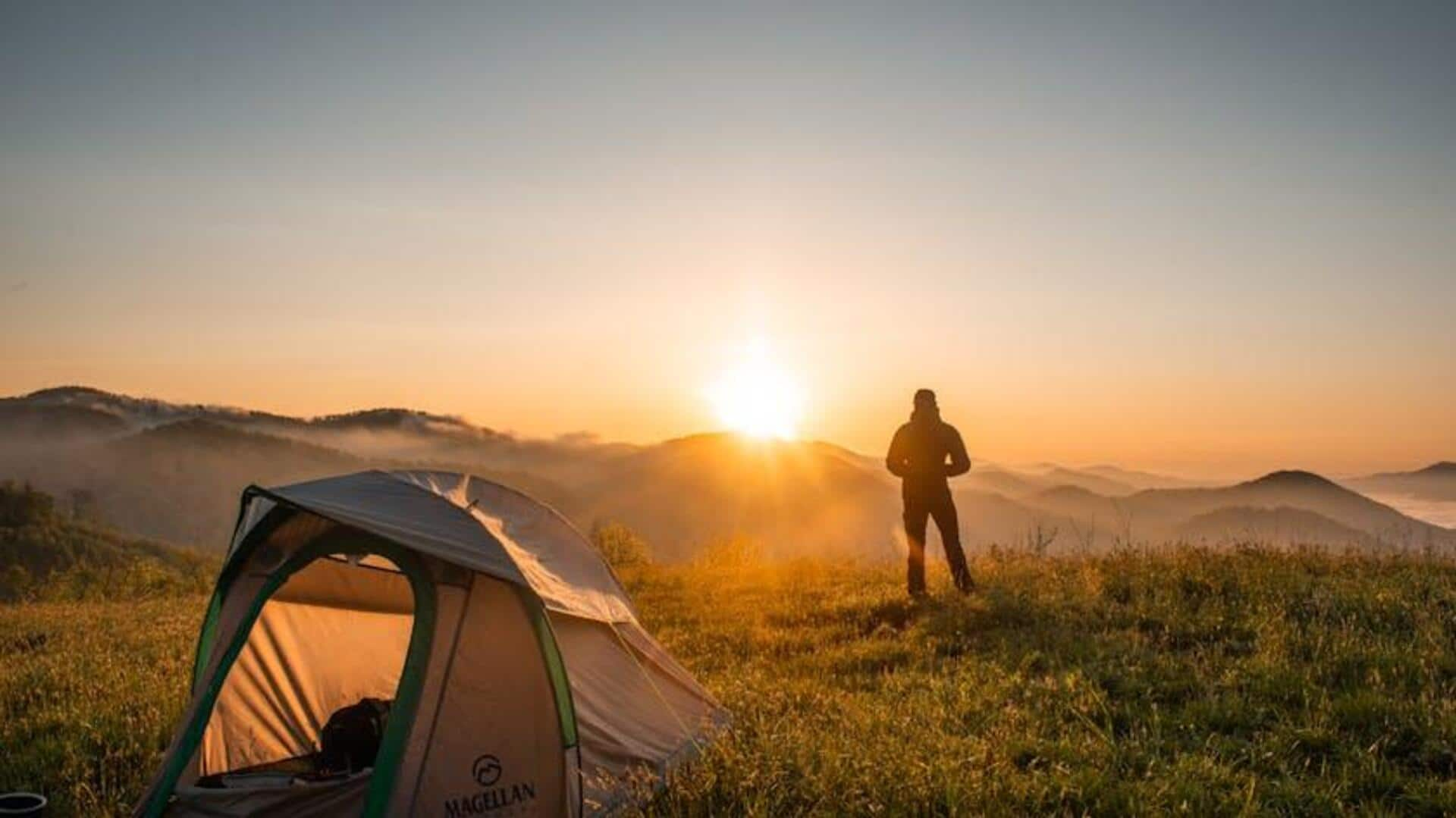
How to prepare for high-altitude treks
What's the story
High-altitude trekking comes with its own set of challenges, and it is important to have the right gear to stay safe and comfortable.
From thin air to unpredictable weather and tough terrain, proper preparation can make all the difference.
Be it a seasoned trekker or a beginner, the right equipment can enhance your experience to a great extent.
Here's all you need to know.
Footwear
Sturdy footwear for tough terrains
When walking on rocky paths and uneven surfaces at high altitudes, proper footwear is important.
Trekking boots with decent ankle support and a good grip are advisable to avoid slips and injuries.
Waterproof materials keep your feet dry in wet conditions while breathable fabrics ensure comfort on long hikes.
Quality footwear can greatly improve your trekking experience by providing stability and protection.
Clothing
Layered clothing for temperature fluctuations
Layering is the key to tackle the fluctuating temperatures experienced during high-altitude treks.
Start with moisture-wicking base layers so that sweat doesn't sit on your skin, followed by insulating layers such as fleece or down jackets for warmth.
A waterproof outer shell is a must to shield yourself from rain and wind.
This combination enables trekkers to adjust their attire according to changing weather.
Navigation
Essential navigation tools
Navigational tools are the key to staying on track in unknown terrains where trails may not be clearly marked.
While a reliable map and compass are the basic necessities, many trekkers also use GPS devices for added accuracy.
It is important to familiarize yourself with these tools before embarking on your journey so that you can navigate safely even if technology fails.
Hydration
Hydration systems for sustained energy
Staying hydrated is also critical at high altitudes where dehydration can happen quicker due to lower oxygen levels and more exertion.
Hydration systems like water bladders or bottles with built-in filters ensure you can easily access clean water throughout the trek without having to stop every now and then.
Staying hydrated regularly keeps energy levels up and reduces the risk of altitude sickness.
First aid
First aid kits for emergencies
A well-stocked first aid kit is a must when trekking at high altitudes, where medical assistance might not be easily available.
Pack essentials like bandages, antiseptic wipes, pain relievers, blister treatment supplies, and any personal medications you might need.
Being prepared makes sure that minor injuries don't turn into serious issues during your trek.